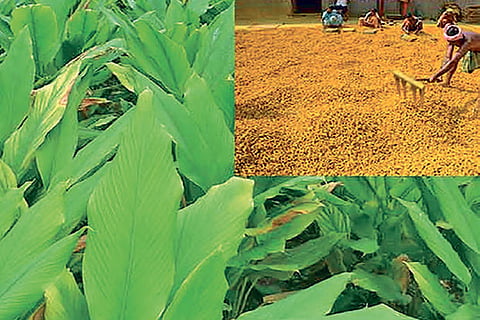

Chennai
Both Chennai and Erode reported outbreak of coronavirus during the same time in March with entry, but by the mid of May, hospitals in Chennai are almost full and densely populated capital continues to be mauled by coronavirus, whereas less populated Erode, blessed with tribal pockets and elephant corridors, has successfully flattened the curve.
According to Public Health Department sources, both Chennai and Erode recorded less than 30 cases each in March. On May 14, Chennai recorded 5,637 cases whereas for Erode it was just 70 positive cases with no new cases for the past one week.
The main reason for Erode to breathe easy with less infection in areas like Thalavadi, Thimbam and Sathyamangalam is that these villages, sandwiched in Western Ghats, provide the agricultural needs for the residents of Erode, making the district a self-sufficient zone, restricting the public movement, according to official sources. Whereas, the capital Chennai, which depends on other areas for food and raw materials, continues to contract and spread infections in clusters.
“Though Erode initially reported cases, the infection rate is controlled due to its self-sufficient agricultural model,” says senior IAS officer TN Venkatesh, who was appointed the district COVID-19 nodal officer for Erode. Be it onion, rice, turmeric, vegetables, everything is locally available, and this helped the district administration reduce the infection rate, the official explains. The district collector and the SP wish to extend the curfew till June as the public are very cooperative with self-distancing and at the same time normalcy is restoring in the district with economy opening up, Venkatesh adds. A few migrant workers are now in dilemma and wish to stay back in Erode to protect their jobs, he adds.
According to official sources, Krishnagiri, another district with self-sufficient agriculture-base, remained in green till April, but the defence was broken by the virus as the district also serves as a major interconnecting junction between Tamil Nadu and Karnataka. Now, with the lockdown norms eased more infection is on the cards.
“Districts with less population and self-sustaining farm models are doing well with less infection and all tier-one cities are suffering and there is a need to reduce the biotic pressure on populated districts,” says a senior official, who is also a member of the State Special Task Force.
Common public toilets in north Chennai are also a major reason for the COVID clusters in Pulianthope, Pattalam and Thattankulam. You lock the streets, but the common toilets are there to spread the infection and till now this is an issue making the City Corporation fight a losing battle, the official revealed.
“Comparing Chennai with other districts on corona is like comparing an apple with lemon. I must allow 5,000 tonnes of vegetables and fruits to be disposed of at Koyambedu for the city to fight hunger.
“Then lakhs of guest workers are stranded, thousands are literally on the streets without homes,” explains an officer tracking the Koyambedu and Thirumazhisai market operations.
Visit news.dtnext.in to explore our interactive epaper!
Download the DT Next app for more exciting features!
Click here for iOS
Click here for Android